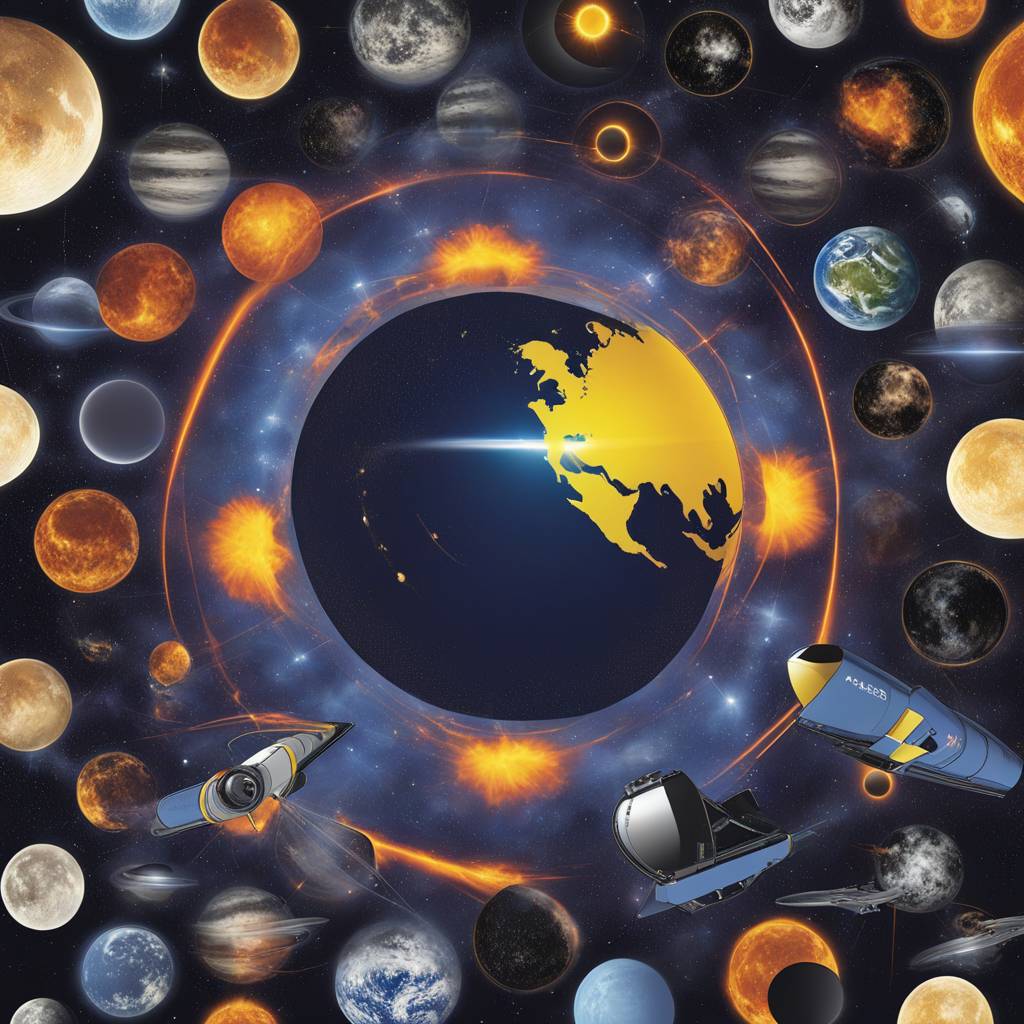NASA has released a new video providing advice on how to photograph the upcoming partial and total solar eclipse on April 8. The video offers simple tips for capturing unforgettable images during this rare astronomical event. However, the best advice for first-time viewers is to not focus on photography during the few minutes of totality, as it may distract from experiencing the view of the solar corona.
For those intent on photographing the eclipse, NASA advises safety first by using a special solar filter to protect the camera and solar viewing glasses to protect the eyes. It is important to remove the filter at totality to observe the Sun’s outer atmosphere. Any camera can be used to capture the eclipse, with the focus being on the photographer’s skill rather than the equipment. Using a tripod for stability and a delayed shutter release timer can help avoid blurry images.
Photographers are encouraged to look up, down, and all around during the eclipse to capture the unique lighting and shadows. Wide-angle photos can document the entire eclipse experience. It is suggested to practice using the camera before eclipse day to understand its capabilities and experiment with different settings such as adjustable exposures and manual focus. Sharing the eclipse experience with friends and family and tagging NASA on social media can help connect and share photos with a wider audience.
The path of totality for the upcoming solar eclipse will cross parts of Mexico, the United States, and Canada, spanning five states in Mexico, 15 states in the U.S., and six Canadian provinces. Cities like St. Louis, Cincinnati, and Columbus near the path of totality will experience a 99% partial solar eclipse, while cities further away will see a lower maximum obscuration. For example, Boston, New York, and Washington D.C. will see around 90% obscuration, while cities like Miami and Los Angeles will experience lower percentages.
For more in-depth tips on how to photograph the partial phases of the solar eclipse safely and effectively using a smartphone or camera, readers can refer to a guide on how to capture the eclipse from anywhere in North America. The article delves into techniques for capturing the event and includes advice on using various types of equipment. Wishing all sky gazers clear skies and a memorable viewing experience of the upcoming solar eclipse.













